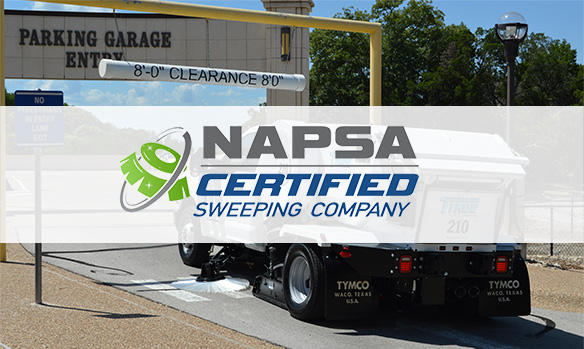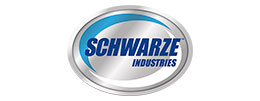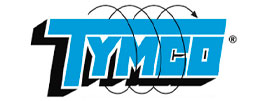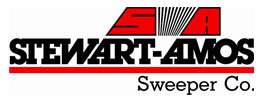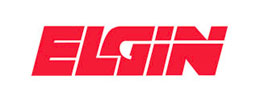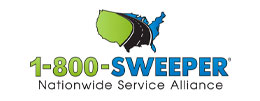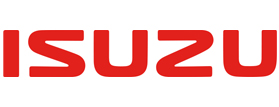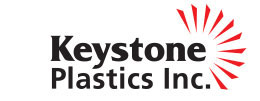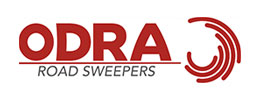Nothing hampers the speed of power sweeping more than a poorly designed parking lot. Not only does inefficient design increase the time needed for cleaning, but it may also decrease the frequency of sweeping. Different parking lot arrangements have different impacts on power sweeping. Apart from size, with larger lots requiring more time than smaller lots, poorly designed parking lots impact the sweeping efficiency, causing operators to spend more time than estimated or budgeted to do their jobs properly, which leads to underbilling for service. Parking space angles also impact power sweeping. Parking spaces perpendicular to the aisle increase the efficiency of power sweeping. Anything less than a 90-degree angle ultimately decreases sweeping efficiency, especially as sharp angles tend to collect and trap debris and trash.
Several aspects came into mind when deciding the kind of sweeper to utilize for a specific parking lot: lot configuration and size, parking angles, lighting type and positioning, curb size and positioning, planting beds and/or trees, quantity of dust and debris, wind patterns, and client-specified frequency of sweeping. Lightweight loads can be handled by air sweepers; mechanical brooms better suit heavier loads of gravel, dirt, or other heavy debris.
Consider the following aspects of a parking lot sweeping contract when quoting service:
- Time: Size, configuration, and arrangement directly affect how long it takes to sweep the space. Sweepers must slow down to accommodate concrete medians, lights, gardens, etc.
- Shape and angles: Irregular lot shapes negatively impact power sweeping efficiency. Large, open rectangular spaces, although not as attractive as more creative configurations, do enhance sweeping efficiency, especially when sweeping is scheduled for times when the lot will be mostly or completely free of other vehicles. How parking spaces relate to the driving lanes and power sweeping is primarily determined by the parking lot’s design. A parking lot with a high turnover, such as a convenience store parking lot, requires parking spaces with 45 to 60-degree angles. Ninety-degree parking slots are the hardest to clean via power sweeping. It’s also common to align the parking lot’s long sides parallel to one other, with parking spots along the perimeter. This type of arrangement improves power sweeping power efficiency.
- Space limitations: An open parking lot with generously sized parking spaces and wide lanes offer enough space for power sweeping. Parking lots designed so that space between lanes is congested may create problems when trying to maneuver heavy equipment within the limited space. Consider whether the space can be more efficiently swept with a single machine or if two differently sized machines and, therefore, two operators are necessary to perform a satisfactory job.
- Surface condition: Condition issues affect the frequency of power sweeping, especially in parking garages. 1. Concrete floors heavily soiled with oil, grease, and other debris may require high-power density cleaning or steam cleaning for proper maintenance. 2. Potholes, cracks, and other defects also affect sweeping efficiency and quality. These techniques work well for breaking down vehicle lubricants built up over time.
- Traffic calming, safety, and signage: Traffic calming measures (e.g., speed bumps, curb extensions, chicanes, etc.), large, prominently placed signage, safety bollards, wheel stops, curb cut ramps, pedestrian refuges, truncated domes, swales, raised platform pedestrian crossings, median diverters, and other measures used to direct traffic and protect pedestrians must all be considered when calculating the time, fuel, and fee for power sweeping.

